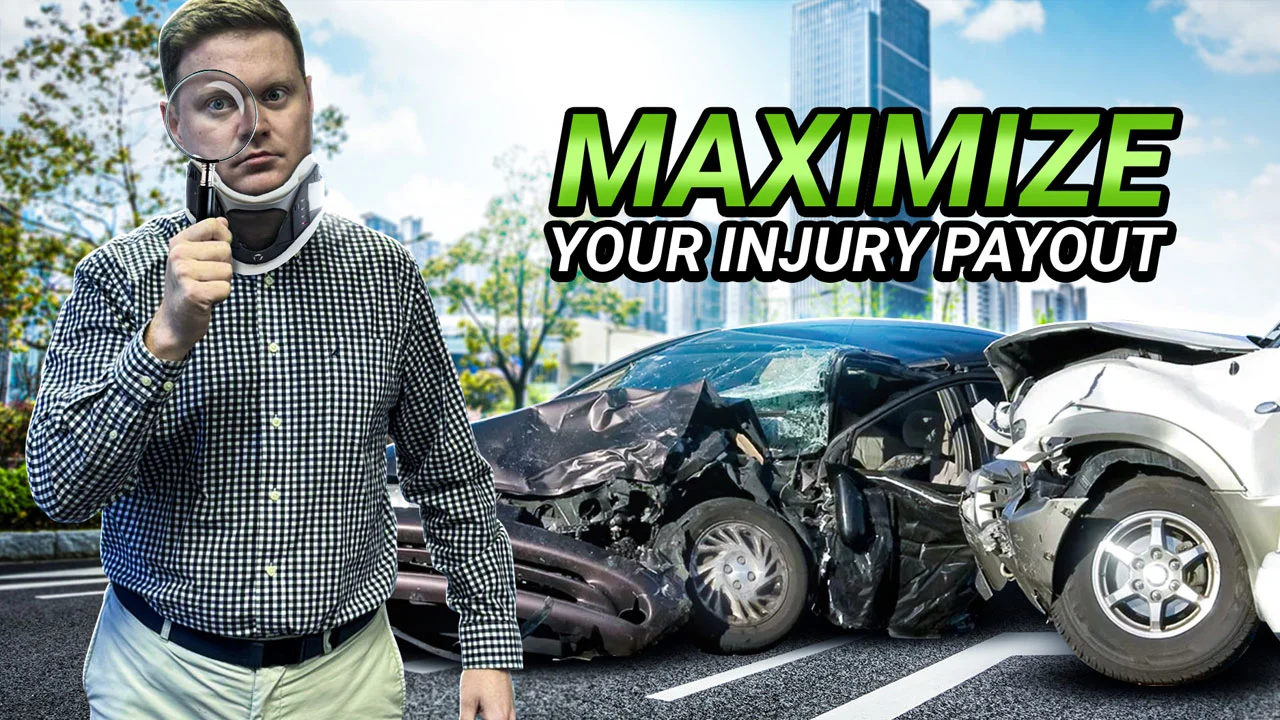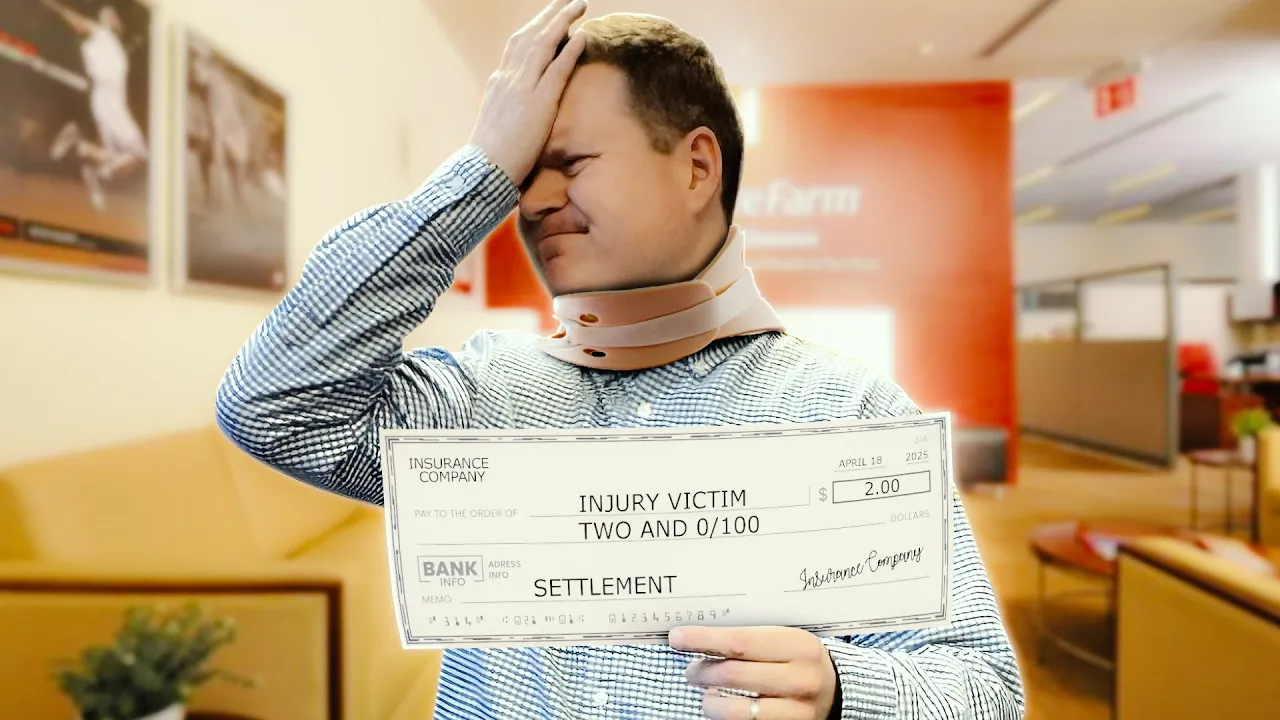You do not want a million-dollar injury case because to have a million-dollar injury case, you have to sustain significant injuries and endure significant pain and suffering. Honestly, my health is very important, and I assume you feel the same way: that your health is more important to you than money. To make matters even worse, even if you are someone who has sustained severe injuries in an accident, it does not mean you automatically have a million-dollar injury case. In this post, I will go over the key factors in determining whether or not you have a case that is worth at least seven figures.
Key Factors for a Million Dollar Case
Liability
To have a million-dollar case, you must prove at least some liability against another party. To do this, you need to be familiar with your state’s liability laws. In my state, Kentucky, for example, in car accident cases, typically, you must show another driver or party was at least partially negligent in order to make a financial recovery. In dog bite cases in my state, however, dog owners are typically found to be strictly liable for the dog bite victim’s injuries and damages. Strict liability is an easier standard to prove and typically means that the mere fact it happened, the party, for example, a dog owner in my state, is automatically liable. To know if you have a million-dollar case, it’s a good idea to be familiar with the negligence laws in your state.
Categories of Negligence Laws
There are three different categories of negligence laws in the United States:
- Contributory Negligence
- Only four states have contributory negligence laws: Alabama, Maryland, North Carolina, and Virginia. Washington, D.C., also follows this system. Under contributory negligence, if you are found even slightly at fault (typically 1%), you are barred from recovering any damages.
- Pure Comparative Negligence
- Adopted by 12 states, including Kentucky. Under pure comparative negligence, you can seek compensation regardless of your level of fault as long as another party is at least 1% at fault. The amount recoverable is reduced based on your degree of fault.
- Modified Comparative Negligence
- Followed by 33 states. Under this system, you cannot recover damages if you are found to be 50% or 51% (depending on the state) or more at fault. If your degree of fault is less, you can recover damages proportionally. South Dakota uses a unique version, differentiating between slight and gross negligence.
Damages
To have a million-dollar case, you need big damages. This usually means significant injuries that lead to substantial medical expenses, lost wages, and pain and suffering damages. The three most common types of damages in an injury case are:
- Medical Expenses: For significant treatments like surgeries or extended hospital stays.
- Lost Wages: Compensation for time missed from work due to the injury.
- Pain and Suffering: Compensation for physical and emotional distress, covering non-economic impacts like ongoing pain, anxiety, and loss of enjoyment of life.
Future Damages
You can also claim future damages, such as ongoing medical expenses and loss of future earning capacity. To prove future damages, you will likely need testimony or comments from medical professionals.
Insurance Coverage
Even with liability and significant damages, you need a large amount of insurance coverage available or an at-fault party with deep pockets. If the at-fault party has no insurance or assets, recovering a large sum may be impossible. Cases involving commercial vehicles, wealthy individuals, or large corporations typically have higher chances of resulting in substantial payouts due to available insurance or assets.
Jurisdiction
The jurisdiction that oversees your injury case also impacts the potential value. Jurisdictions like Los Angeles or San Francisco often see larger verdicts due to higher costs of living and other factors. Insurance companies and corporate defendants consider this when evaluating case values.
Now that you know the key factors in determining whether or not you have a million-dollar case, you may be wondering what mistakes you should avoid that can damage your injury claim. If that sounds like you, then I would suggest you watch the video linked here, where I cover rookie mistakes that can kill your injury claim. Lastly, if you’ve been injured in Kentucky, remember: don’t wait, call Tate.








Recent Comments